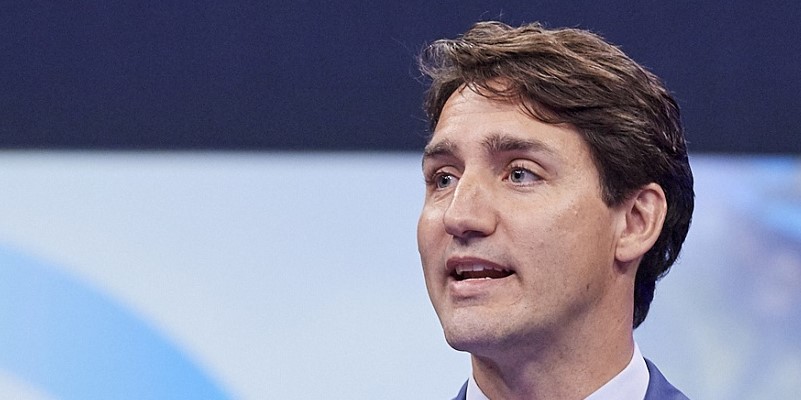Leaving 2021—was debt binge a blip or a sea change?

From the mid-1990s until the pandemic struck, debt aversion was an organizing principle of Canadian federal fiscal policy. Prime ministers of different political stripes either balanced the budget or ran deficits that were small in historical terms. Then came the pandemic. Emergency spending produced large deficits that caused the federal debt-to-GDP ratio to climb quickly.
The dawn of 2022 is a crucial juncture for fiscal policy. Developments this year will help tell us whether large deficits were an emergency blip or represent a fundamental reorientation of fiscal policy.
Through 2021 signs emerged suggesting an enduring shift may well be underway. At this time last year, the government was talking about an additional $100 billion in new stimulus—despite the fact we were not in a recession. A March report from the International Monetary Fund concluded that $100 billion in stimulus spending would create a “significant risk that the gross debt-to-GDP ratio could drift higher”—despite the government’s having asserted it would soon return to its pre-pandemic objective of lowering the ratio.
Nobody knows what the future holds, of course. But a key question is how the Trudeau government will respond if economic conditions or other factors make it more difficult than it currently expects to shrink the debt-to-GDP level in the years ahead. If things turn out less favourably than expected, will the government pare back its spending plans to make sure it remains tethered to its fiscal anchor? Or, having acquired a taste for all the things it can buy with big deficits, will it persevere in its spending objectives rather than maintain a credible fiscal framework?
In the 1990s Liberal Finance Minister Paul Martin promised to eliminate the deficit “come hell or high water.” For Justin Trudeau’s government, a clear assertion early in 2022 that, if a choice has to be made, preserving its fiscal anchor will have primacy would help bring credibility to its fiscal framework.
Of course, many things are different now than they were in the 1990s. Canada’s fiscal position is stronger and new debt is less expensive. That said, credibility in fiscal commitments never goes out of style. Taking steps to establish firm fiscal targets would send a signal to the credit rating agencies that help determine interest rates on new debt that the recent debt explosion really is anomalous. Better still, the government could strengthen federal finances in 2022 by recommitting to the target that prevailed from the mid-1990s to the mid-2010s, namely, balancing the federal budget.
Targeting a balanced budget has at least three clear advantages. First, so long as there is meaningful growth in nominal GDP, not taking on new debt ensures the debt-to-GDP ratio shrinks quickly over time, rather than just holds steady, as it did in the pre-pandemic Trudeau years. Without the balanced-budget target—not to mention actual balanced budgets from 1997 to 2008—Canada’s federal debt-to-GDP ratio would not have fallen by more than half, from 66.6 per cent in 1995 to 31.2 per cent in 2019.
Second, balancing the budget saves on interest payments. If since the mid-1990s federal governments had merely held the debt-to-GDP constant instead of targeting budget balance, Ottawa would have paid hundreds of billions of dollars in additional interest payments.
Third, if successive federal governments hadn’t substantially reduced the debt-to-GDP ratio since the mid-1990s, Canada would have entered the pandemic as an already heavily indebted country, which would have limited the federal government’s ability to introduce expensive emergency measures.
Prudent fiscal management means not gambling that the next crisis is far off, but instead working quickly to get back to pre-recession debt levels. Targeting a balanced budget can help meet this objective.
Of course, a final advantage of aiming to balance the budget is that it is straightforward and easy for voters to understand. This helps boost credibility because it allows voters to hold governments accountable to their fiscal commitments.
Given the deficits of the past two years, 2022 is a crossroads year for federal finances. The Trudeau government should commit to hitting its fiscal targets even if that means paring back spending plans. Better still, it should commit to balancing the federal budget. Doing so would reassure both ratings agencies and concerned Canadians that the debt binge of 2020-21 was indeed an emergency blip rather than the start of a fundamental reorientation of federal fiscal policy.

